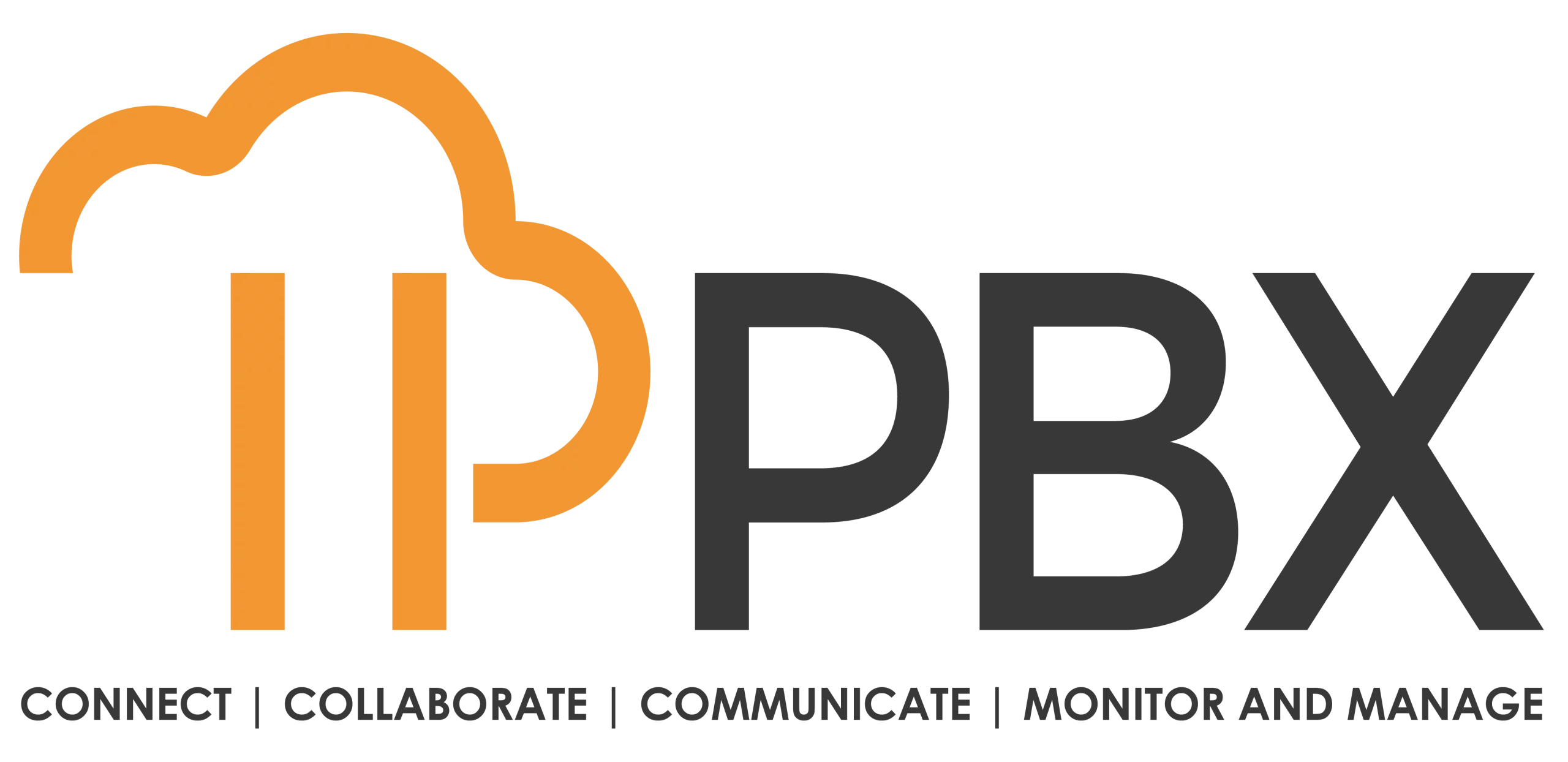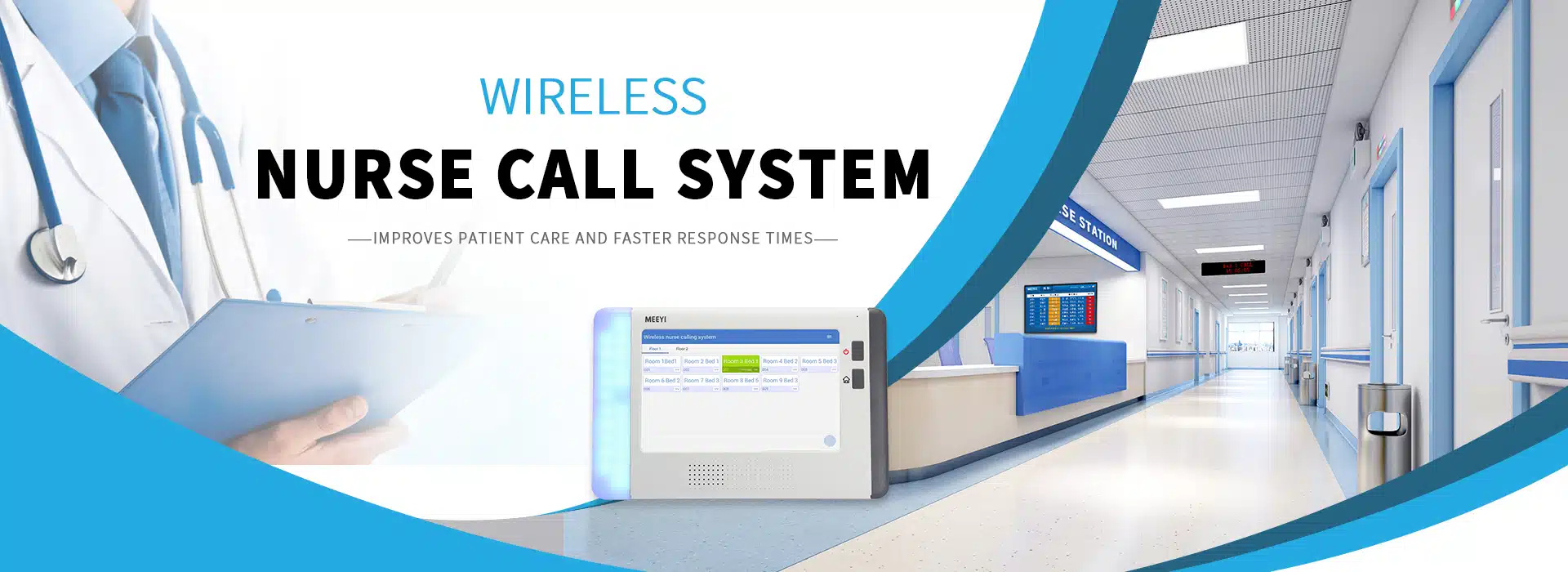In the ever-evolving landscape of healthcare, patient safety remains a top priority for hospitals and healthcare facilities. One of the most effective tools in enhancing patient safety is the wireless nurse call system for hospitals. These systems facilitate immediate communication between patients and nursing staff, ensuring that help is always within reach. This article explores how wireless nurse call systems contribute to improved patient safety and overall care quality.
Understanding Wireless Nurse Call Systems
What Is a Wireless Nurse Call System?
A wireless nurse call system is a communication solution that allows patients to alert nursing staff without the need for physical wiring. Typically composed of call buttons, mobile devices, and software, these systems enable quick and efficient communication. When a patient presses a call button, an alert is sent to the nursing staff, who can respond promptly.
Key Components
- Call Buttons: Located at patient bedsides, bathrooms, or common areas, these buttons allow patients to request assistance easily.
- Mobile Devices: Nurses receive alerts on smartphones or tablets, ensuring they can respond quickly regardless of their location.
- Central Control System: This system manages alerts, providing real-time information about patient needs.
- Integration Capabilities: Many systems can integrate with electronic health records (EHR) and other healthcare technologies, enabling comprehensive patient care.
Enhancing Patient Safety Through Wireless Nurse Call Systems
1. Immediate Access to Assistance
One of the primary benefits of wireless nurse call systems is that they provide patients with immediate access to help. This capability is especially crucial in situations where timely intervention can prevent complications. For instance, if a patient experiences sudden pain or distress, they can alert the nursing staff without delay, ensuring that help is dispatched quickly.
2. Reduced Response Times
Wireless nurse call systems significantly improve response times. By sending alerts directly to nursing staff, these systems eliminate the delays associated with traditional wired systems. Quick response times are essential for:
- Emergency Situations: Fast alerts can be life-saving in critical situations, such as cardiac events or falls.
- Routine Needs: Even in non-emergency scenarios, rapid responses to requests for assistance enhance patient comfort and satisfaction.
3. Improved Communication
Effective communication is vital for patient safety. Wireless nurse call systems facilitate clear communication between patients and staff. With immediate feedback, patients know that their requests have been acknowledged, reducing anxiety and fostering trust.
4. Enhanced Monitoring Capabilities
Many wireless nurse call systems come equipped with monitoring features that allow healthcare providers to track patient requests and response times. This data can be invaluable for:
- Identifying Trends: Facilities can identify patterns in patient needs, allowing for proactive adjustments in staffing and resource allocation.
- Quality Improvement: Data-driven insights can inform continuous improvement efforts, ensuring that patient safety remains a top priority.
5. Increased Mobility for Nursing Staff
Wireless systems enable nurses to move freely throughout the facility while remaining connected to patient needs. This increased mobility allows for better monitoring and quicker responses to alerts, enhancing overall patient safety.
6. Integration with Other Technologies
Wireless nurse call systems can integrate seamlessly with other healthcare technologies, such as EHRs and patient monitoring systems. This integration provides healthcare providers with a comprehensive view of patient status, enabling more informed decision-making and timely interventions.
Real-World Impact on Patient Safety
Case Study 1: Urban Hospital Implementation
An urban hospital implemented a wireless nurse call system to improve communication in its surgical ward. The results demonstrated significant improvements in patient safety:
- Emergency Response: The average response time to patient alerts decreased by 35%, leading to quicker interventions during critical situations.
- Patient Satisfaction: Patients reported feeling more secure, knowing they could easily alert staff when needed.
Case Study 2: Long-Term Care Facility
A long-term care facility adopted a wireless nurse call system tailored for elderly residents. The improvements included:
- Reduced Fall Incidents: Immediate alerts allowed staff to respond quickly to residents who needed assistance, leading to a decrease in fall-related injuries.
- Enhanced Care Coordination: Integration with EHRs allowed for better tracking of patient needs, resulting in more coordinated care efforts.
Challenges and Considerations
While wireless nurse call systems offer numerous benefits, there are challenges to consider:
1. Network Reliability
Wireless systems rely on stable network connections. Healthcare facilities must ensure that their wireless infrastructure is robust enough to prevent disruptions in communication.
2. Training Requirements
Staff may require training to effectively utilize new systems. Comprehensive training programs can help mitigate initial challenges and ensure smooth operation.
3. Security Concerns
As with any digital system, security is a concern. Hospitals must ensure that their wireless nurse call systems comply with regulations to protect patient data.
Conclusion
Wireless nurse call systems for hospitals play a crucial role in enhancing patient safety by providing immediate access to assistance, improving communication, and reducing response times. As healthcare facilities continue to prioritize patient safety, investing in these systems will be essential for delivering high-quality care.
By fostering effective communication between patients and healthcare providers, wireless systems are poised to become indispensable tools in the future of healthcare delivery. As technology continues to advance, wireless nurse call systems will help ensure that patient safety remains at the forefront of healthcare practices.

